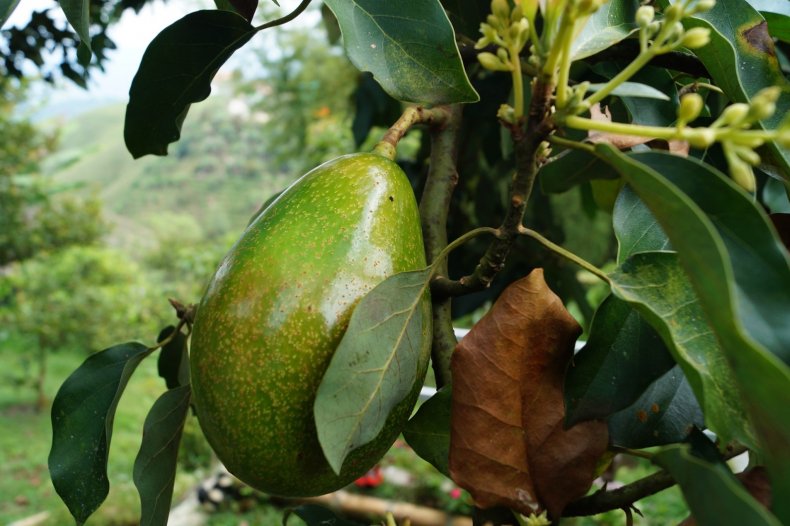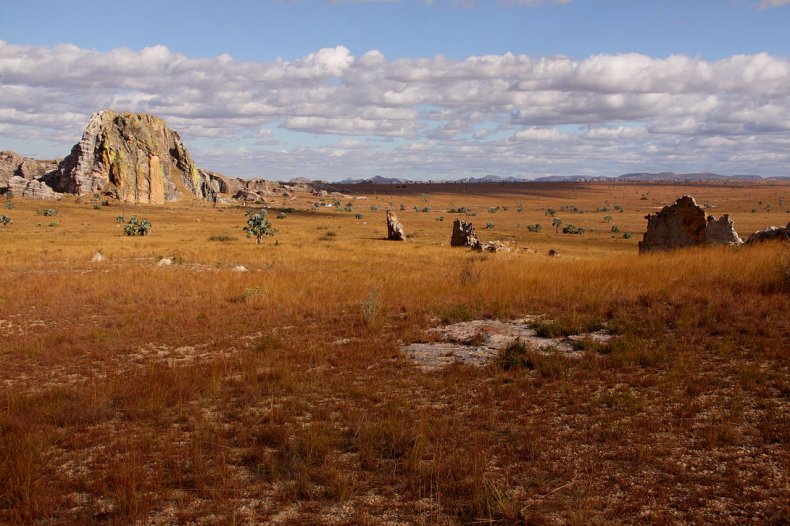This story was originally published by The Guardian and appears here as part of the Climate Table collaboration.
Wild relatives of some of the world’s most important crops, such as potatoes, avocados and vanilla, are in danger of extinction, according to a study.
Vanilla, an orchid native to South and Central America, faces the highest risk of extinction, and all eight wild species found in the region are listed as endangered or critically endangered by the International Union for Conservation of Nature. (IUCN). Red list of threatened plants and animals.
Wild cotton is the second most threatened with 92 percent of species at risk of disappearing, according to the study. Three out of five avocado species are at risk, while 23 percent of wild potato species face extinction.

Relatives of the 224 wild crops analyzed in Mexico, Guatemala, El Salvador and Honduras have become staples around the world, crucial for human food and clothing production, and were first domesticated by the Aztecs, the Mayans and other civilizations between 5,000 and 10,000 years. behind.
What people are reading

Species of wild beans, squash, hot peppers, and husk tomatoes were also included in the study. published in Plants, People, Planet magazine, which found that 35 percent of all species studied are in danger of extinction, largely due to agriculture and the use of pesticides.
Crop yields around the world are forecast to decline as average temperatures rise, threatening food security as the human population approaches 10 billion. Breeding programs with wild species are expected to help crops adapt.
Barbara Goettsch, lead author of the research, said that if the climate crisis hampers yields and wild relatives aren’t there to help staple crops adapt, favorite foods like avocado on toast and vanilla ice cream could be there. at risk of disappearing.
“The risk of extinction right now is for the wild relatives of the crops,” Goettsch said. “The salinity of the soil is changing and these plants do not have the ability to adapt. Temperatures are rising. Due to climate change, pests and diseases will also be altered and this can have a massive impact on cultivated plants. We could have a shortage of these foods. “
Of the dozens of wild relatives studied, at least 16 have been used to grow crops that are more resistant to extreme weather and other threats. They include pumpkins that can withstand cold and blight better, and drought-resistant potatoes, as well as corn that produces a higher yield.
A new study finds that the climate crisis, agriculture and pesticide use threaten relatives of the world’s most important crops, considered crucial for food security. #extinction. #IUCN #Red List
Goettsch said invasive species, contamination from genetically modified crops, unsustainable harvesting and logging pose more threats to wild species, along with habitat conversion. The genetic diversity of crop wild relatives should be better represented in gene banks, he added.
Goettsch said: “The famine that we are seeing in Madagascar at the moment it is because it has not rained. It’s a prolonged drought, so the crops just died and can’t produce anything. In some cases, we have lobsters that occur in very high numbers because the weather conditions are good for them to migrate further than usual. That is the threat that climate change represents for crops ”.

Madagascar is facing its worst drought in 40 years, with more than a million people experiencing food shortages due to poor rainfall during planting seasons.
José Sarukhán, coordinator of Mexico’s National Commission for the Knowledge and Use of Biodiversity (Conabio), said that the wild relatives of the crops should be better protected.
“Since Mesoamerica is a center of origin and domestication of the main crops, it is of global importance in the context of global warming that we preserve the wild relatives of the region’s crops and their genetic diversity,” he said. “Local people traditionally use these various species for food and medicine, and numerous cultural groups have a key role to play in their preservation.”
Wild relatives of food crops such as bananas, apples, prunes and ginger are also on the red list as threatened.
Reference-www.nationalobserver.com